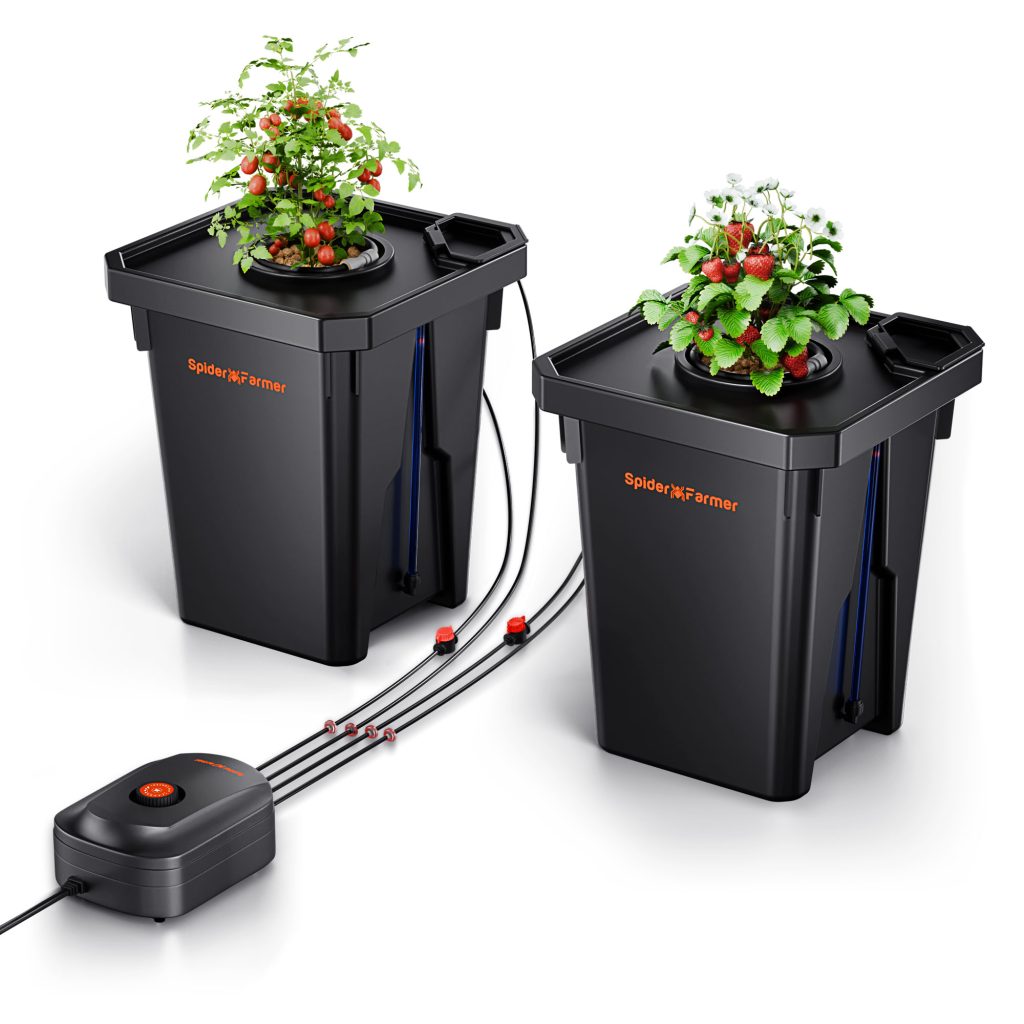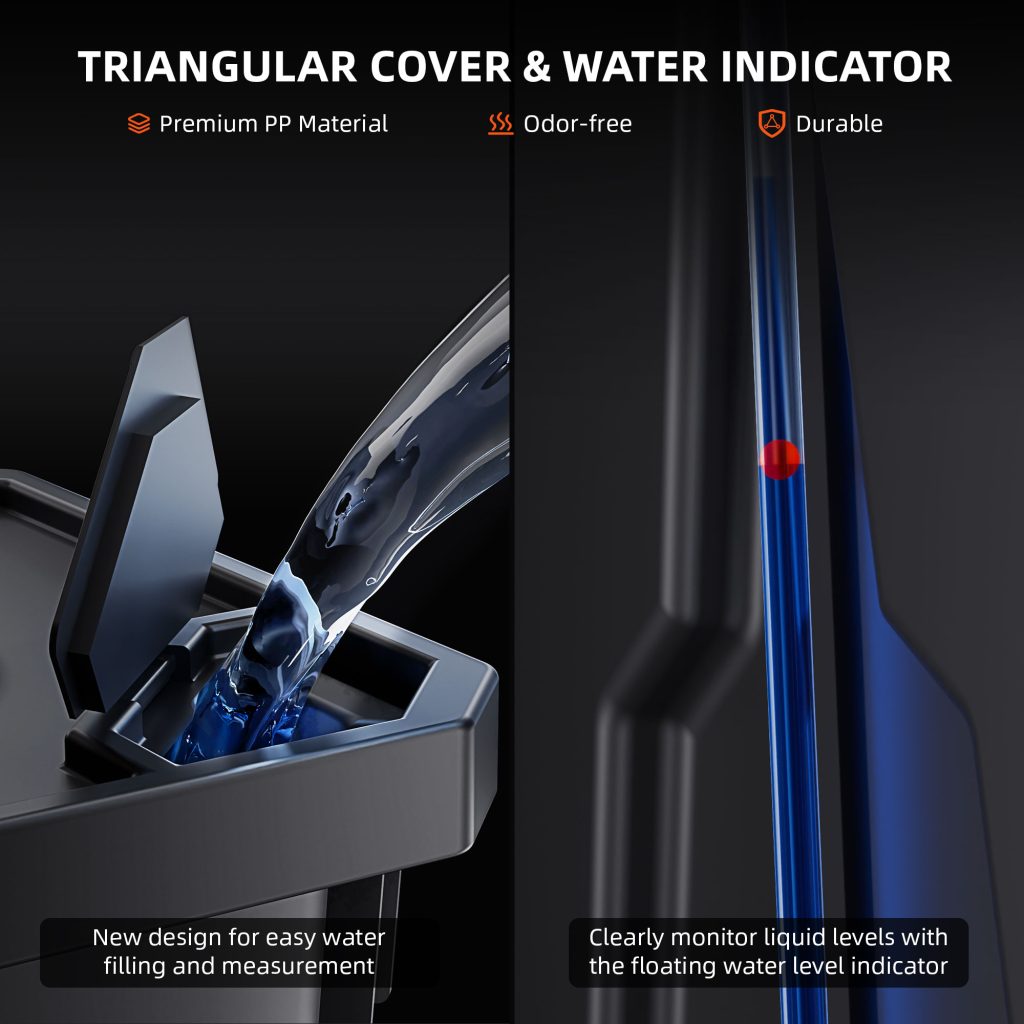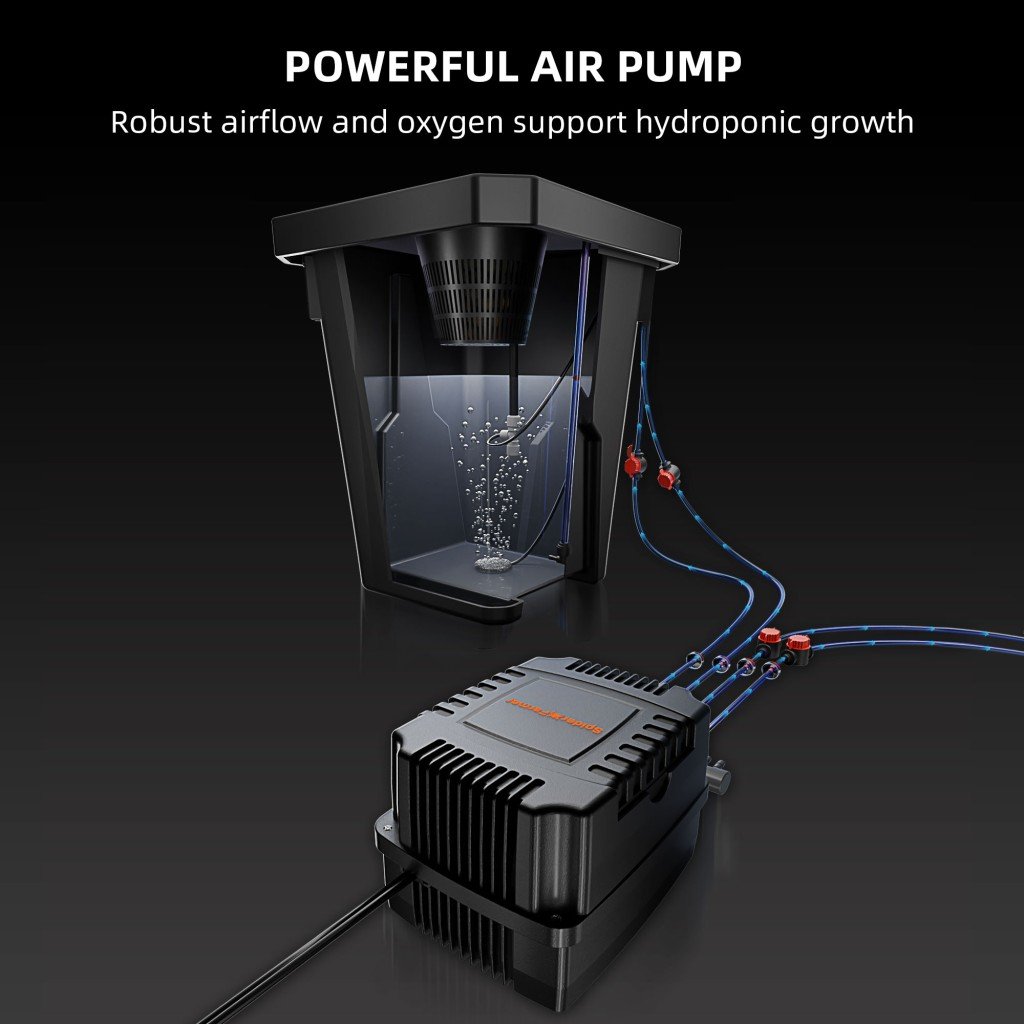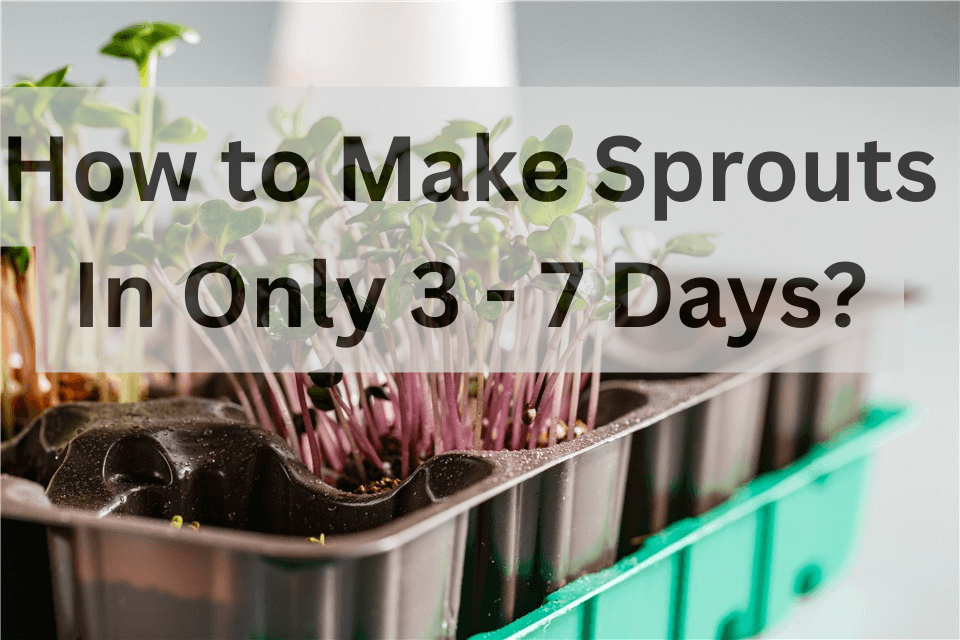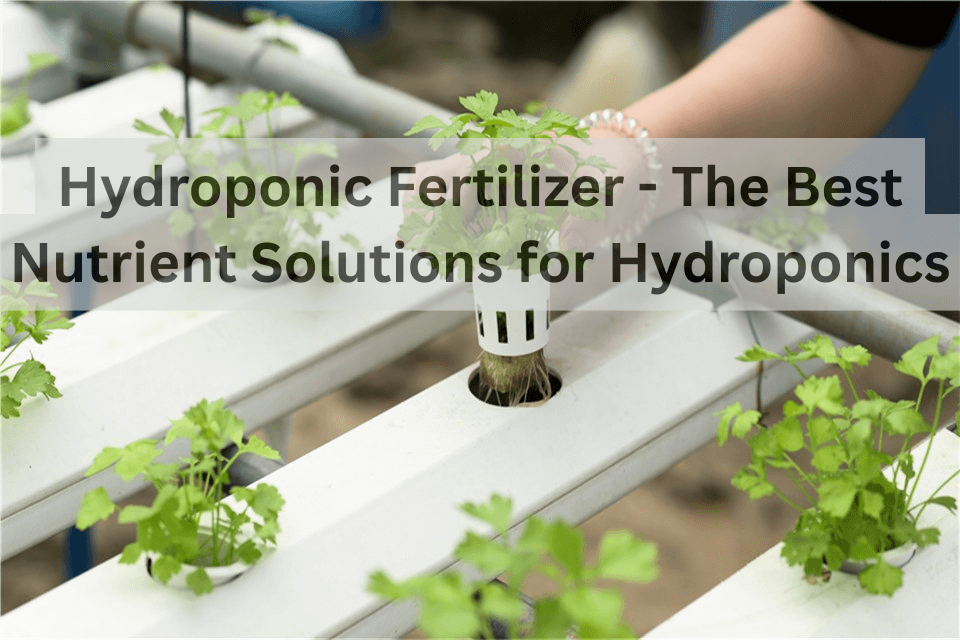It’s time to adopt a revolutionary way to cultivate strawberries. Compared with traditional soil-based farming, growing strawberries hydroponically allows you to nurture strawberry plants in a nutrient-rich water solution. This eliminates the need for soil while maximizing space and yield. In such an effective hydroponic system, you can control environmental factors such as light, oxygen, temperature, and nutrient levels.
In this article, we’ll explore the benefits, techniques, and best practices for growing strawberries hydroponically. Hopefully, you can unlock the potential for delicious, juicy berries right at your fingertips.
Table of Contents
What Are Hydroponic Strawberries?
Hydroponic strawberries are hydroponically grown strawberries. Instead of growing strawberries in soil, you’re going to put them in a nutrient-rich water solution or immerse their roots in an inert medium such as coconut fiber, perlite, vermiculite, or custom blends. This method eliminates many soil-related challenges like pests and diseases, and allows for precise control over the growing environment, resulting in healthier and more prolific plants.
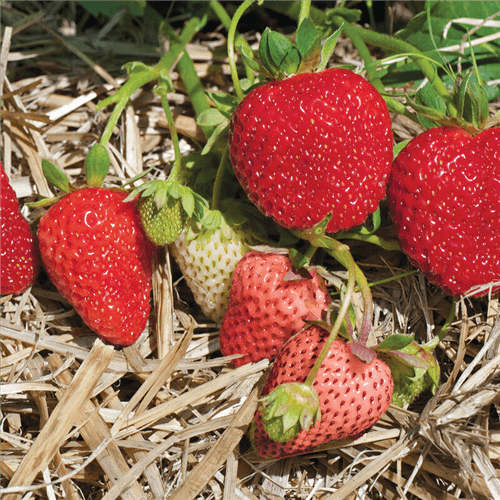
Hydroponic Strawberries - Albion
Some varieties of strawberries are ideal for growing hydroponically. Some common hydroponic strawberries include ‘Albion’, ‘Seascape’, and ‘Evie-2’. They can produce fruit consistently regardless of daylight hours. Besides, everbearing varieties like ‘Tristar’ and ‘Tribute’ are also good choices.
Do Strawberries Do Well in Hydroponics?
You can grow strawberries hydroponically. The strawberry is one of the best hydroponic plants that is suitable for growing hydroponically. With nutrient-rich water to provide essential minerals, strawberries do well in hydroponics. In a hydroponic system, you can better control environmental conditions, such as oxygen and nutrient levels. This is good for plant growth and its yields. Normally, you can grow strawberries hydroponically in various systems such as deep water culture (DWC), nutrient film technique (NFT), and vertical gardening setups.
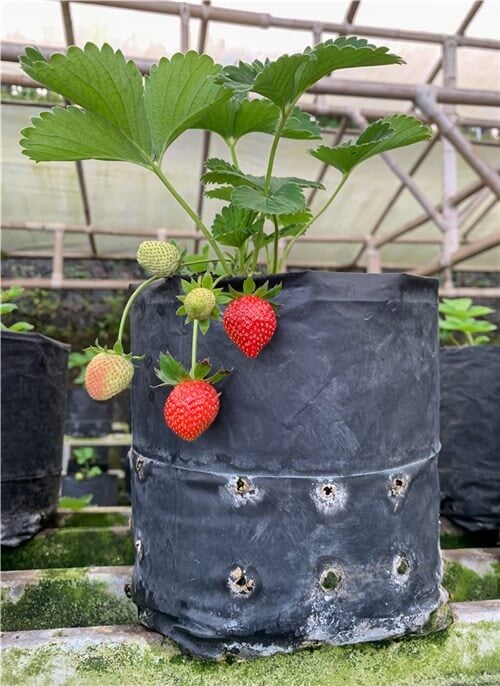
Do Strawberries Do Well in Hydroponics?
What Is the Best Hydroponics for Strawberries?
To grow strawberries hydroponically, you’d better invest in a hydroponic system. Among the hydroponic equipment in 2025, the Spider Farmer DWC Hydroponics Grow System stands out as the most popular option. Featuring a dual-bucket design with a generous 7-gallon capacity and a powerful 8W air pump, this system ensures optimal root development through nutrient-rich water and efficient aeration.
Besides, the innovative triangle cover design also allows you to monitor water levels. Additionally, you can utilize the adjustable top drip irrigation system to control the watering precisely. Moreover, you don’t need to worry about the strawberries' nutrient solution corroding the buckets as they are made from durable, corrosion-resistant materials. This is an extremely user-friendly hydroponic system for both beginners and experienced growers to cultivate strawberries hydroponically.
Spider Farmer DWC Hydroponic Growing System with Top Drip Kit, 7-Gallon Deep Water Culture, 2-Bucket Setup, and GGS AC5 Power Strip Kit for Smart Watering Control
In stock
Spider Farmer DWC Hydroponic Growing System with Top Drip Kit, 7-Gallon Deep Water Culture, 4-Bucket Setup, and GGS AC10 Power Strip Kit for Smart Watering Control
In stock
Spider Farmer DWC Hydroponic Growing System with Top Drip Kit, 7-Gallon Deep Water Culture, 4-Bucket Setup, and GGS AC5 Power Strip Kit for Smart Watering Control
In stock
Spider Farmer DWC Hydroponics Grow System 2 Buckets + GGS AC10 Power Strip Kits
In stock
Spider Farmer DWC Hydroponics Grow System with Top Drip Kit 7 Gallon Deep Water Culture 2 Buckets
In stock
Spider Farmer DWC Hydroponics Grow System with Top Drip Kit 7 Gallon Deep Water Culture 4 Buckets
In stock
How to Grow Strawberries Hydroponically?
Growing strawberries with hydroponics requires an effective hydroponic system. Normally, growers like to use Deep Water Culture (DWC) or Nutrient Film Technique (NFT) to grow strawberries with hydroponics. NFT is particularly suitable for small spaces and vertical setups, while DWC is more friendly to beginners because of its low maintenance.
After you position the DWC Hydroponic system and get prepared for hydroponic strawberries, let’s get started!
Set Up the Hydroponic System
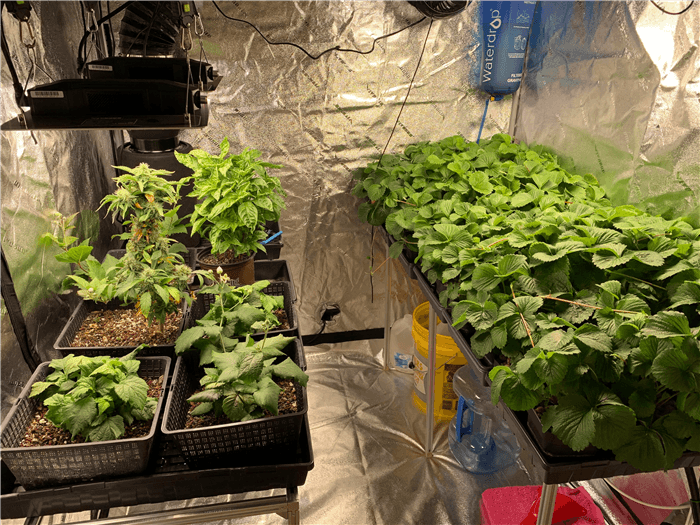
Set Up the Hydroponic System
- Transplant strawberry seedlings into net cups that are filled with an inert medium like clay pebbles or coconut coir.
- Use a balanced hydroponic nutrient formula with an NPK ratio of 6-3-9. Adjust the pH to 5.5 – 6.5.
- Provide full-spectrum LED grow lights for 14–16 hours daily, positioned 12–18 inches above the plants. You can also use a hydroponic system with grow lights.
Nutrient Management
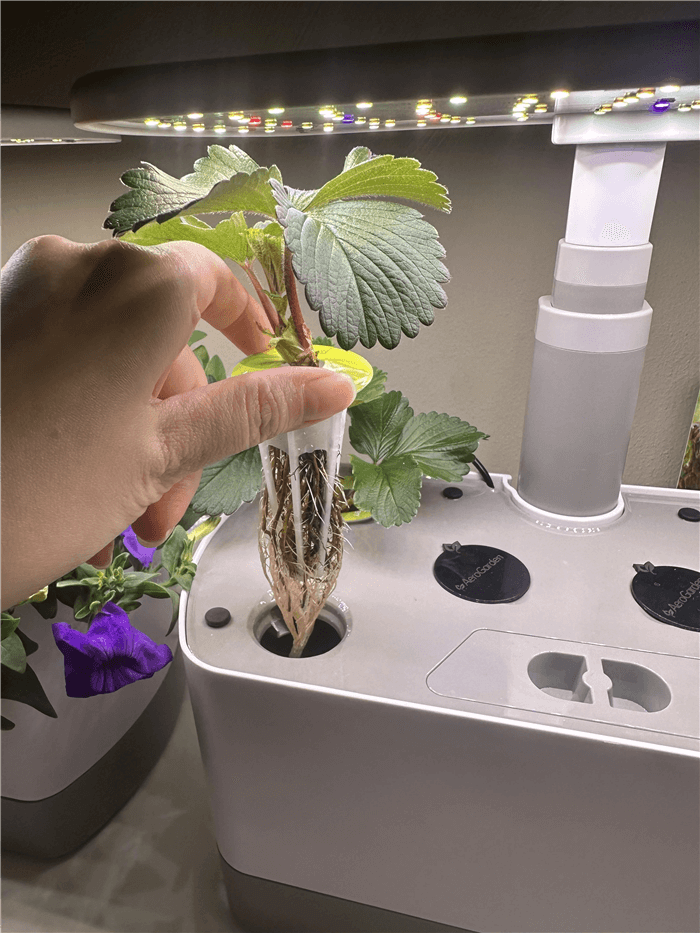
Nutrient Management for Hydroponic Strawberries
- In weeks 1 - 4: Use a higher nitrogen formula (e.g., 8-4-4 NPK) to promote leaf growth.
- In week 5+: Switch to a higher potassium formula (e.g., 5-10-14 NPK) for better fruit development.
- Regular monitoring: Check EC levels weekly (aim for 1.8–2.2 mS/cm) and replace the nutrient solution every 7–14 days.
Environmental Control
- Temperature: Maintain daytime temperatures between 68°F to 75°F (20°C to 24°C) and nighttime temperatures between 55°F to 60°F (13°C to 16°C).
- Humidity: Use a plant humidifier to keep relative humidity between 60% and 70% to prevent fungal diseases.
Manual Pollination
It’s important to pollinate strawberries in the indoor hydroponic system manually. You can use a small paintbrush to gently swirl inside each flower daily, or use an oscillating fan to mimic wind.
Harvest the Hydroponic Strawberries
Harvest strawberries when they are fully red and slightly firm. Use clean tools to cut the stems above the berry and store them in a cool, shaded environment.
Conclusion
The strawberry hydroponic system offers a controlled environment to grow strawberries hydroponically. This can enhance the growth rate, yields, and quality of strawberries while minimizing the risk of pests and diseases. Whether you are a seasoned gardener or a beginner looking to work on hydroponic plants, you can use the Spider Farmer DWC Hydroponics Grow System to start a hydroponic growing journey.


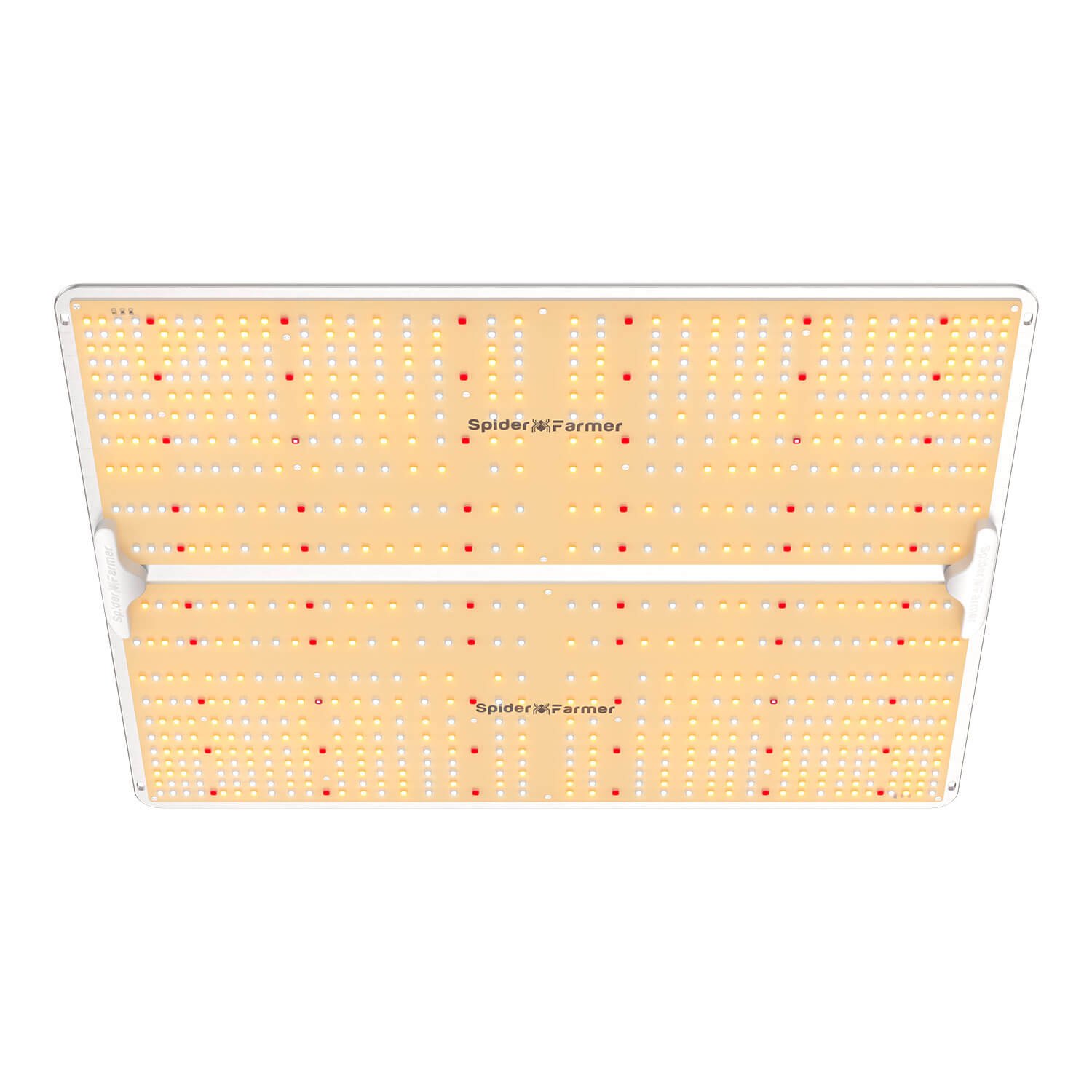

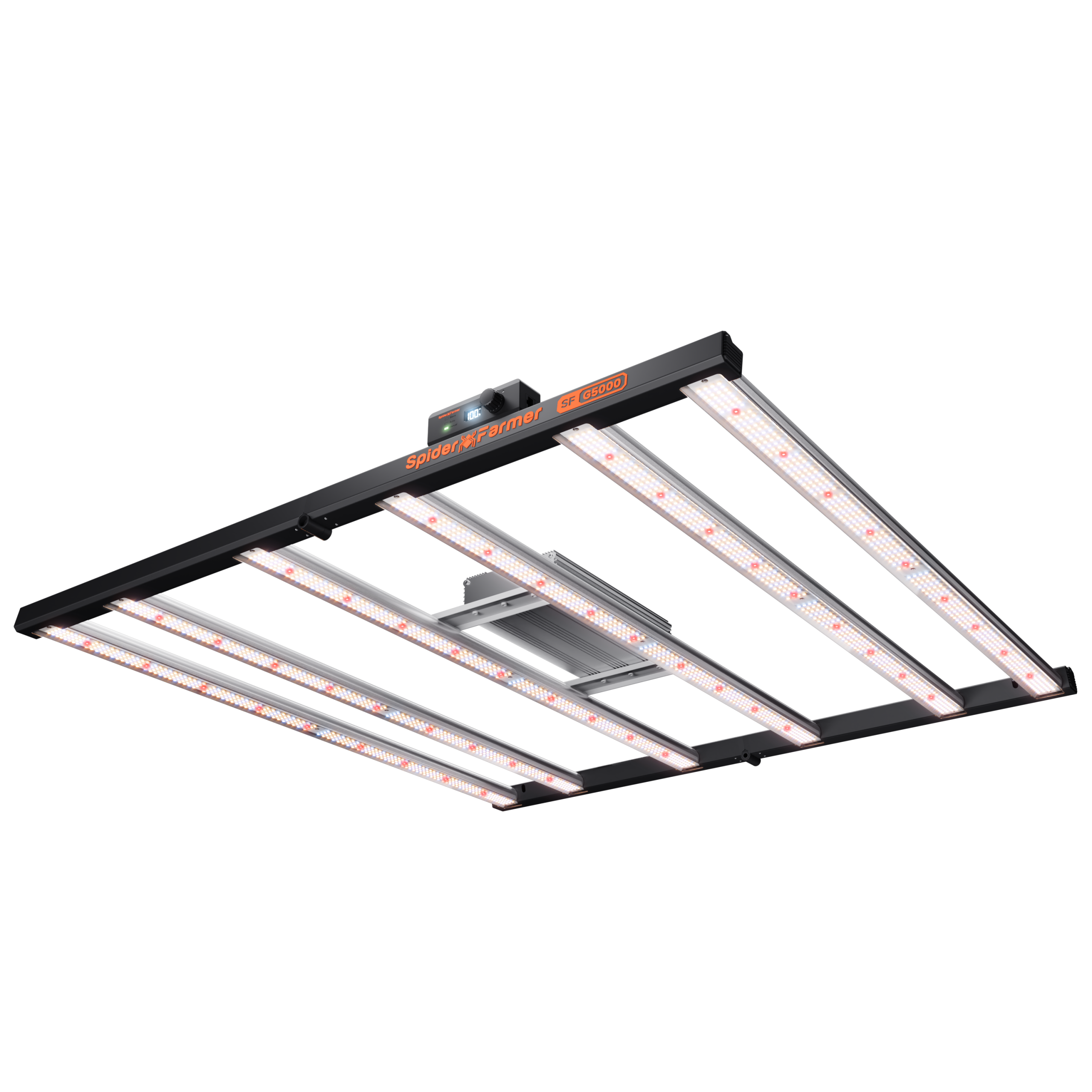
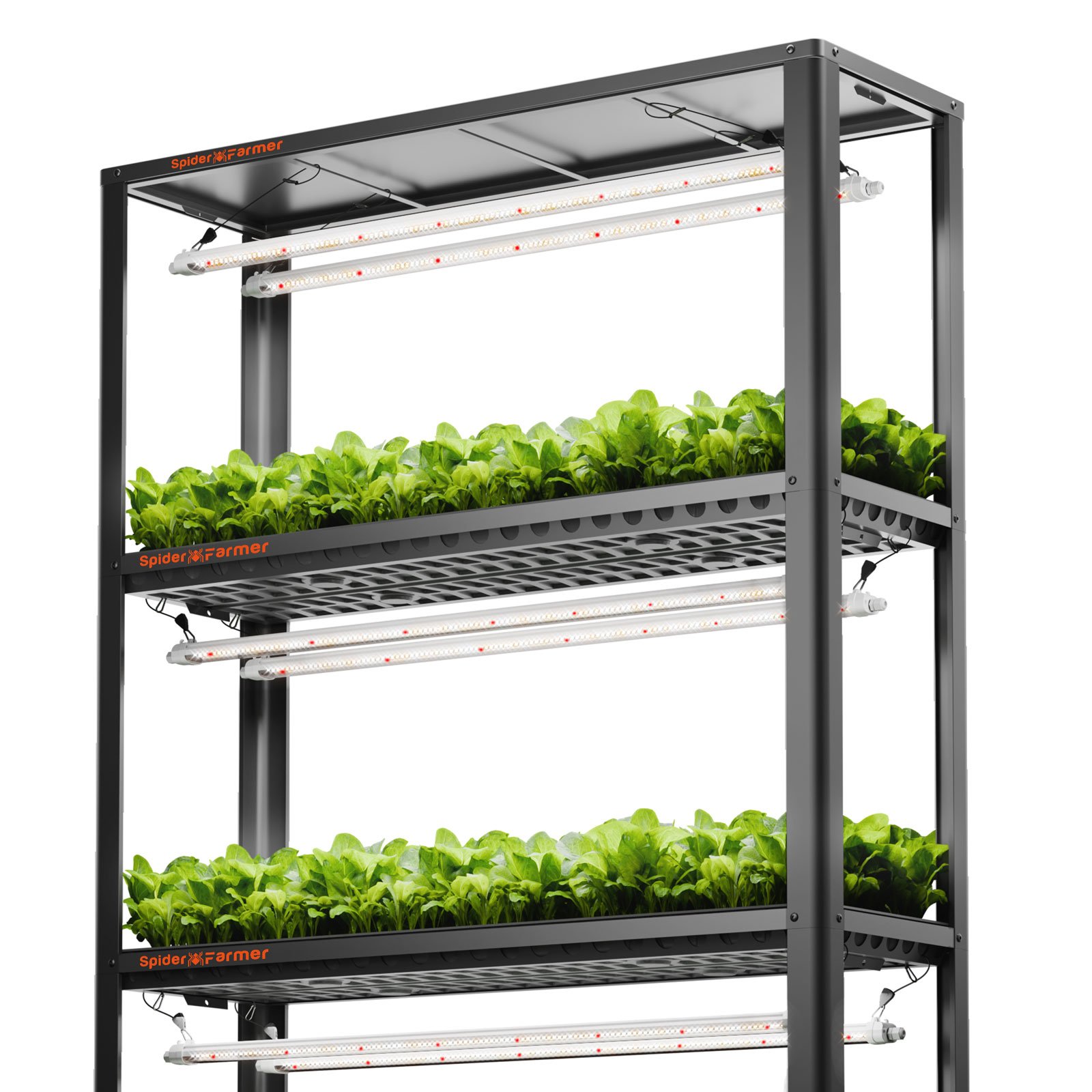

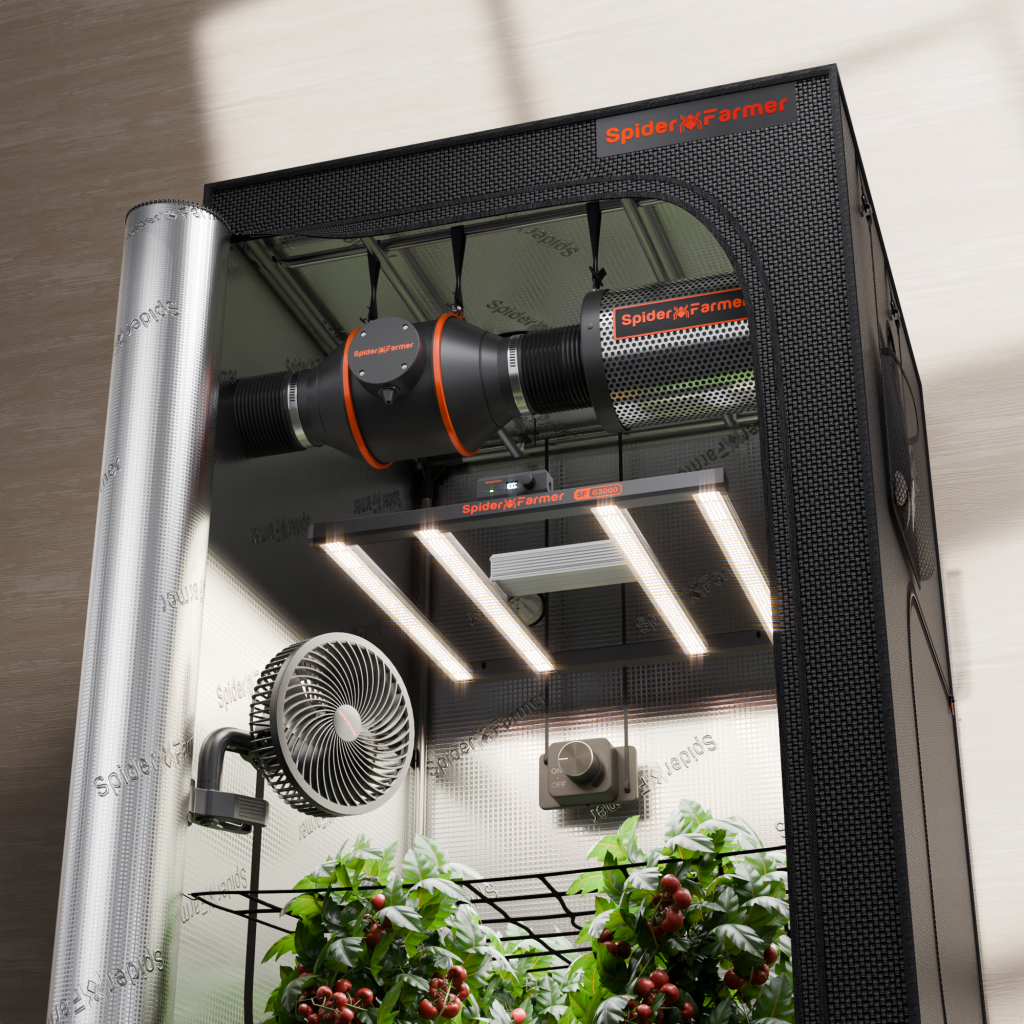
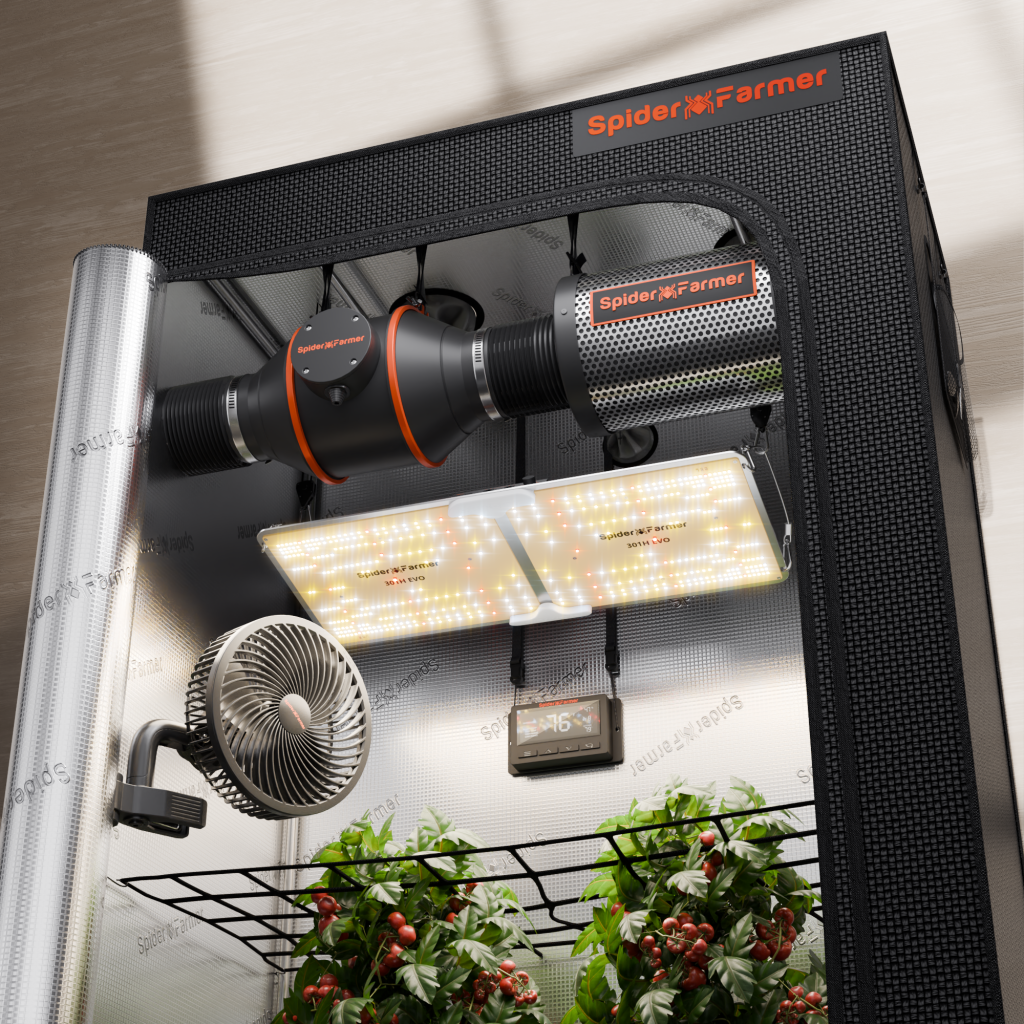
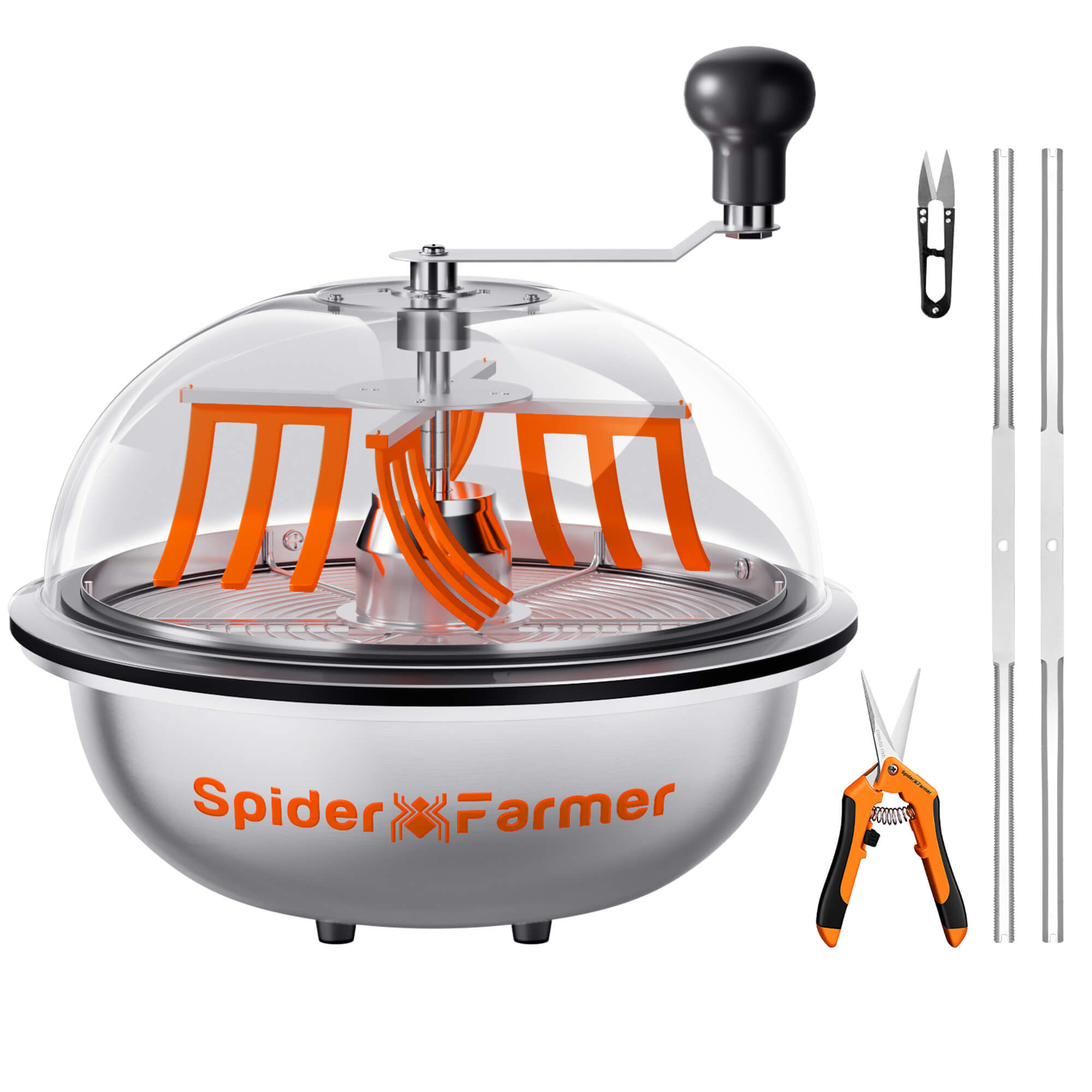



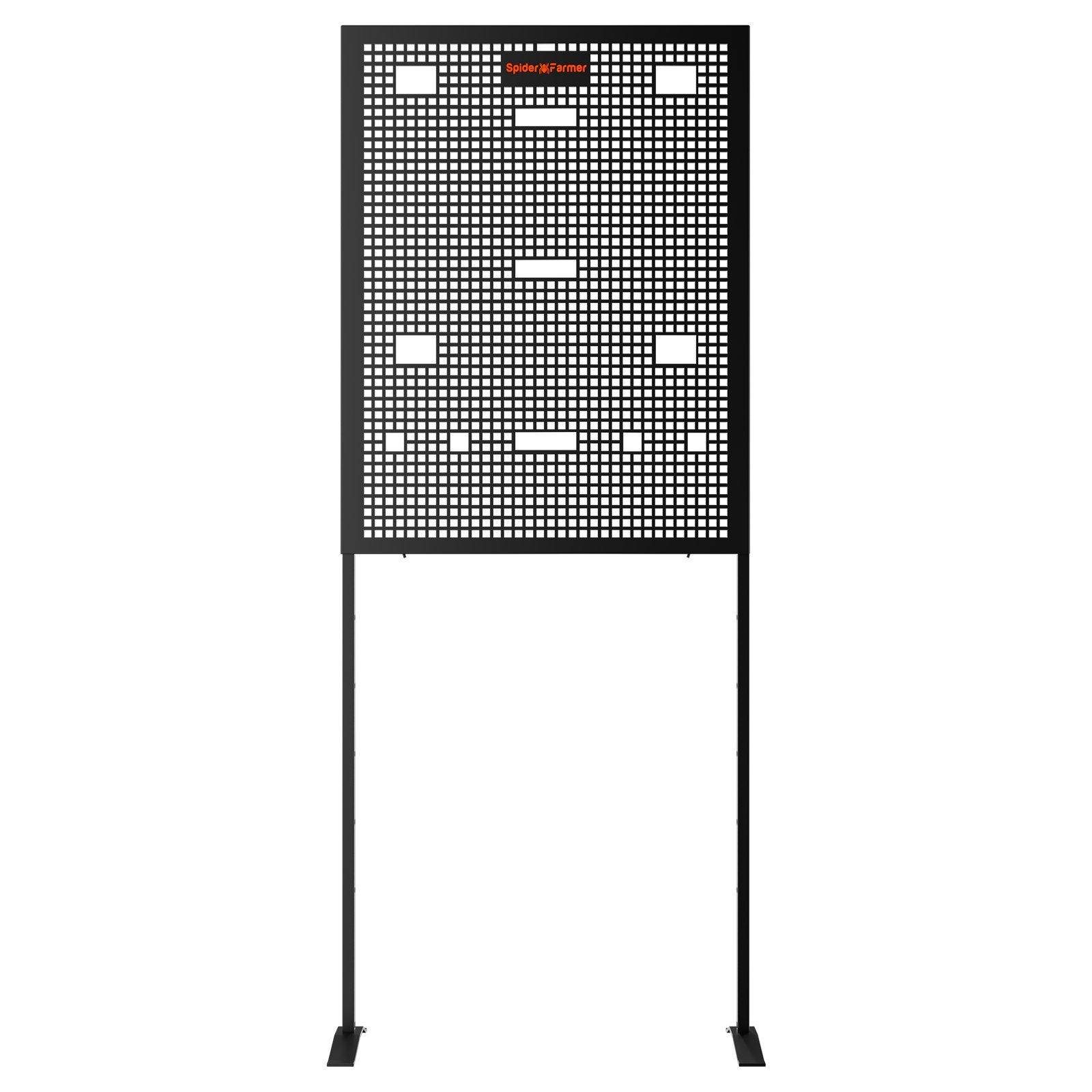

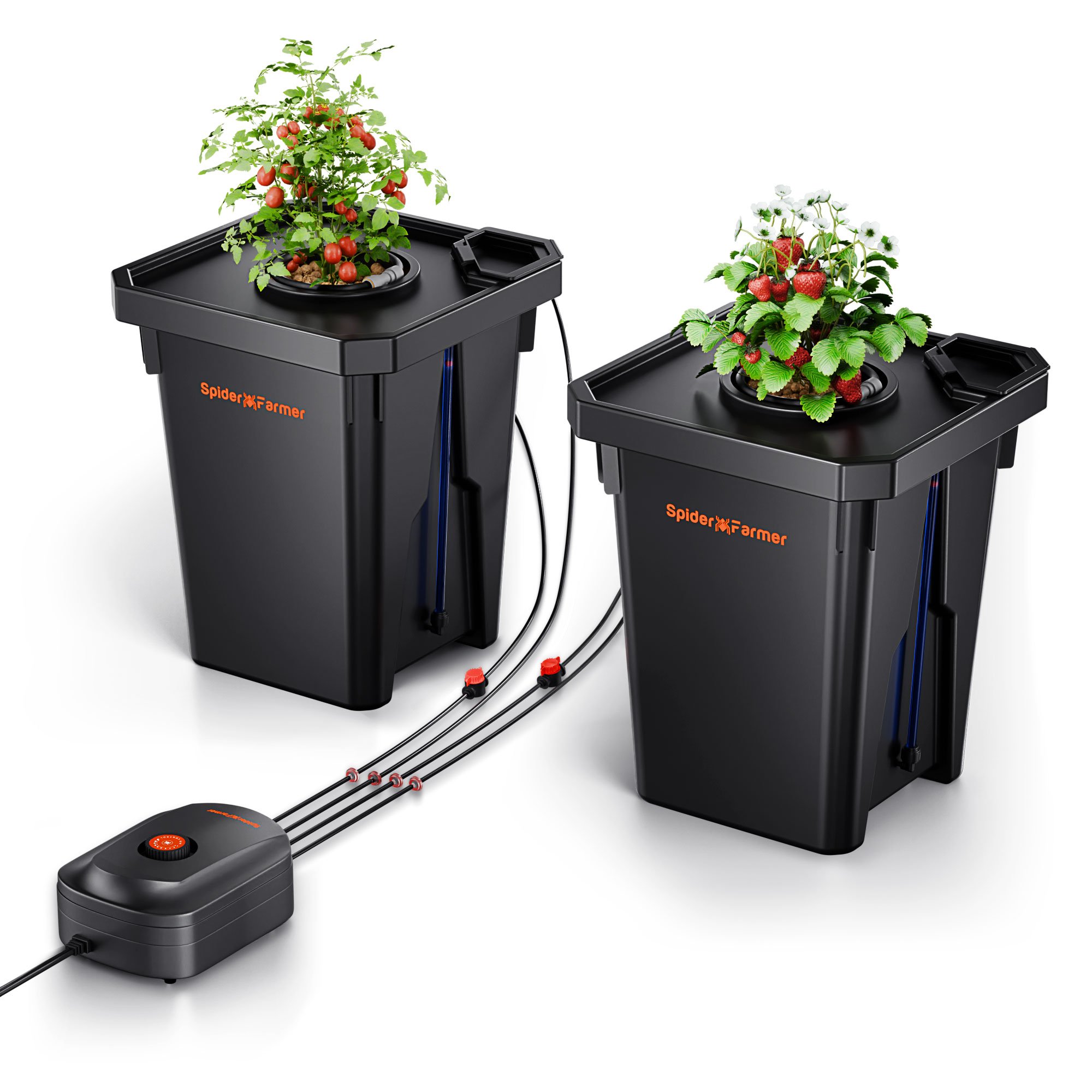
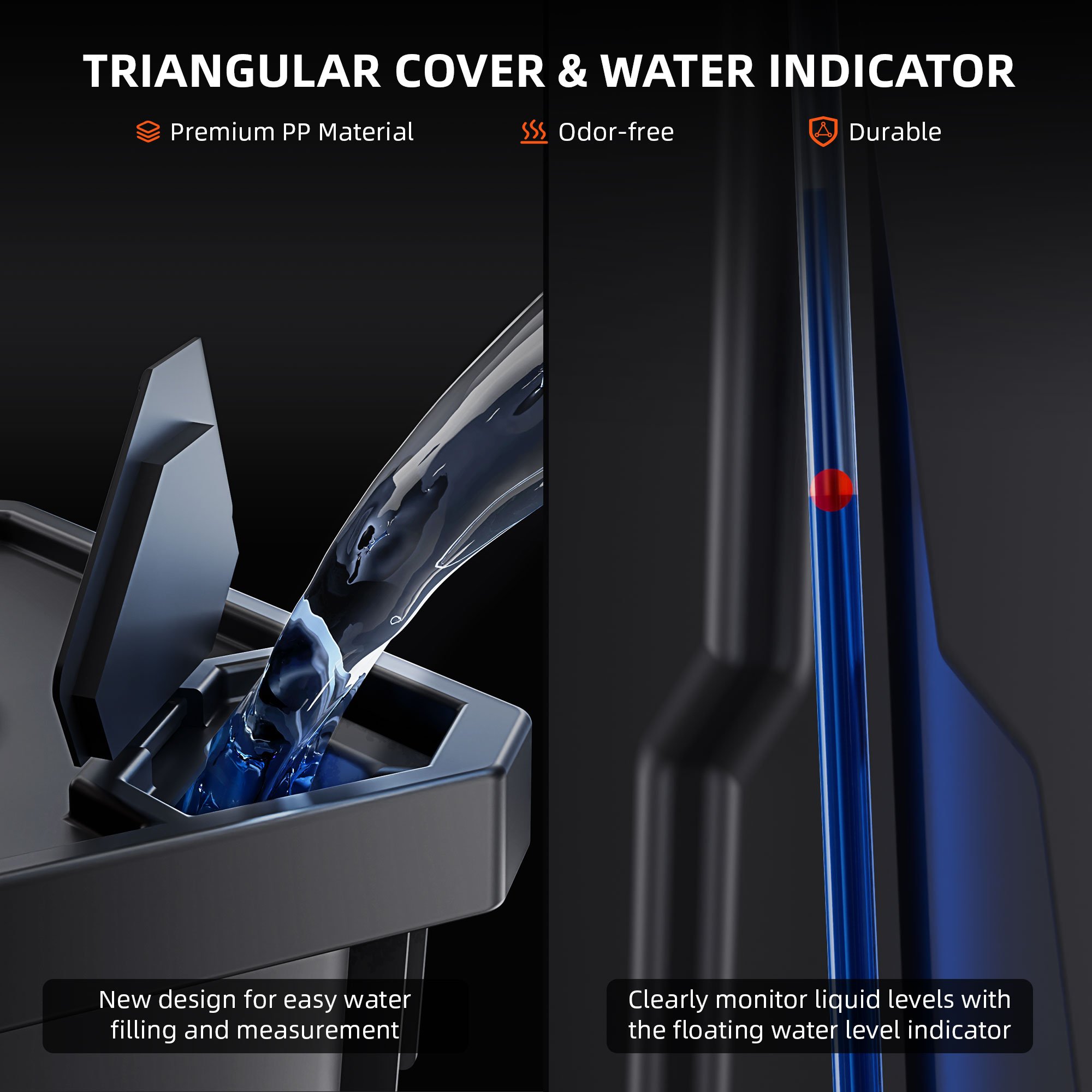

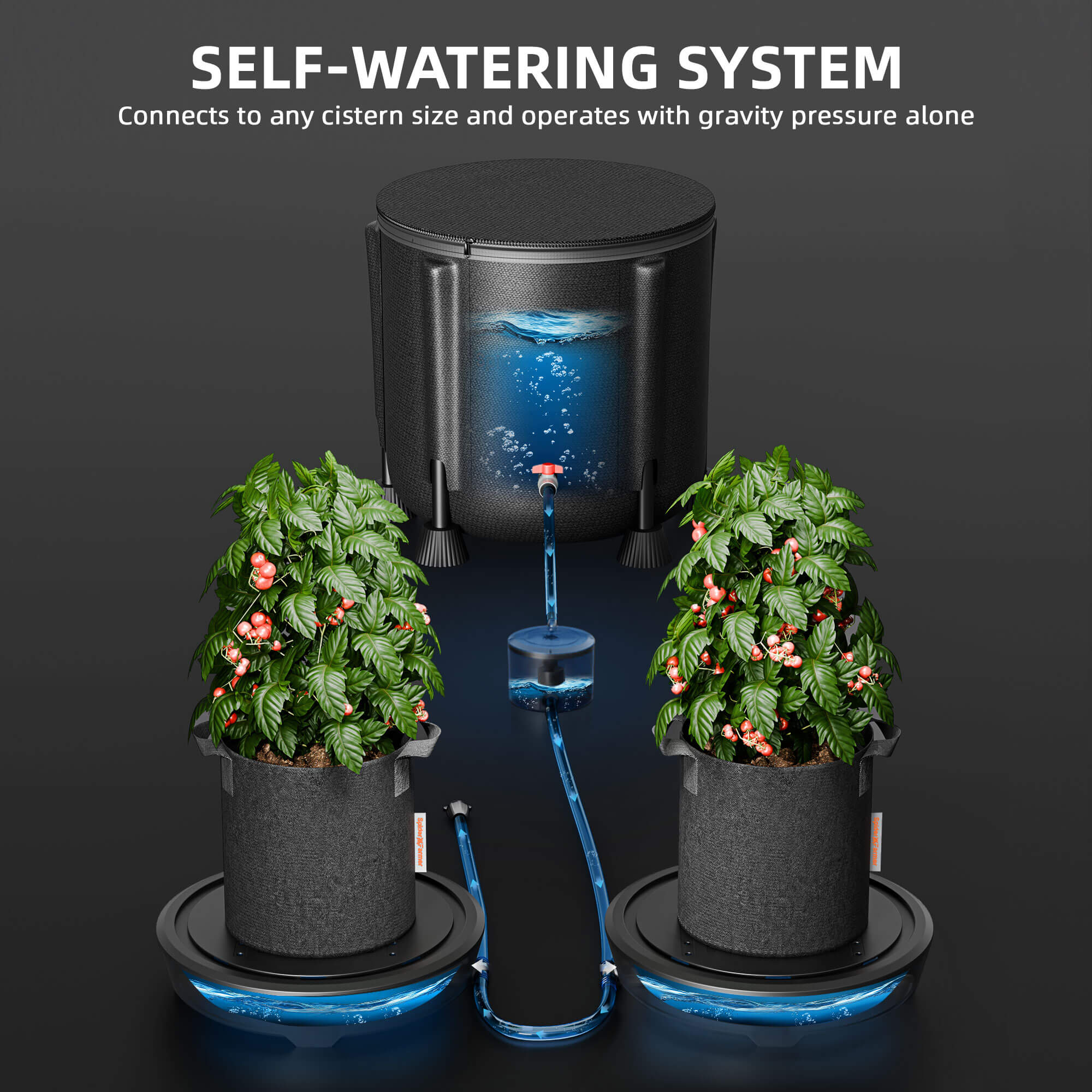
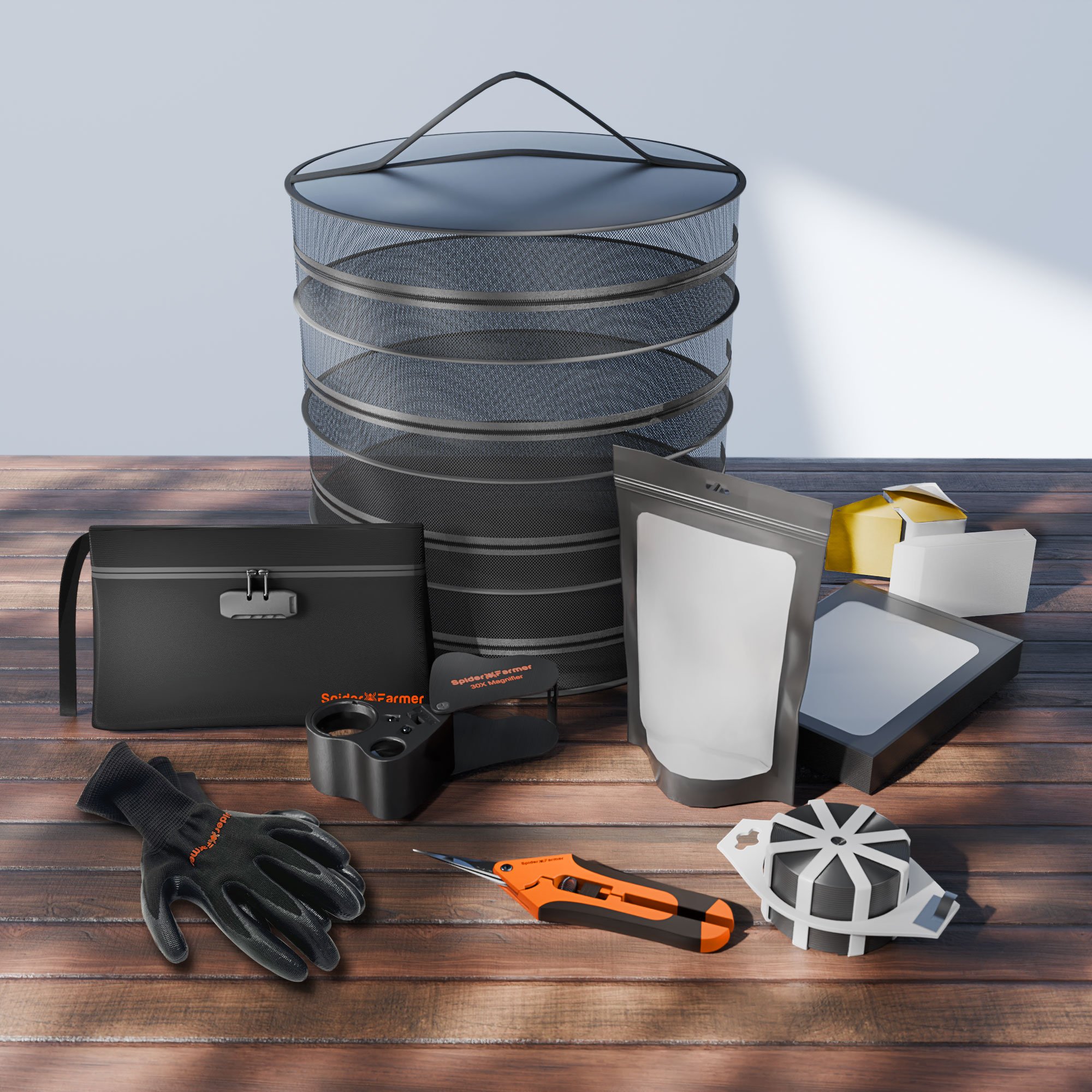

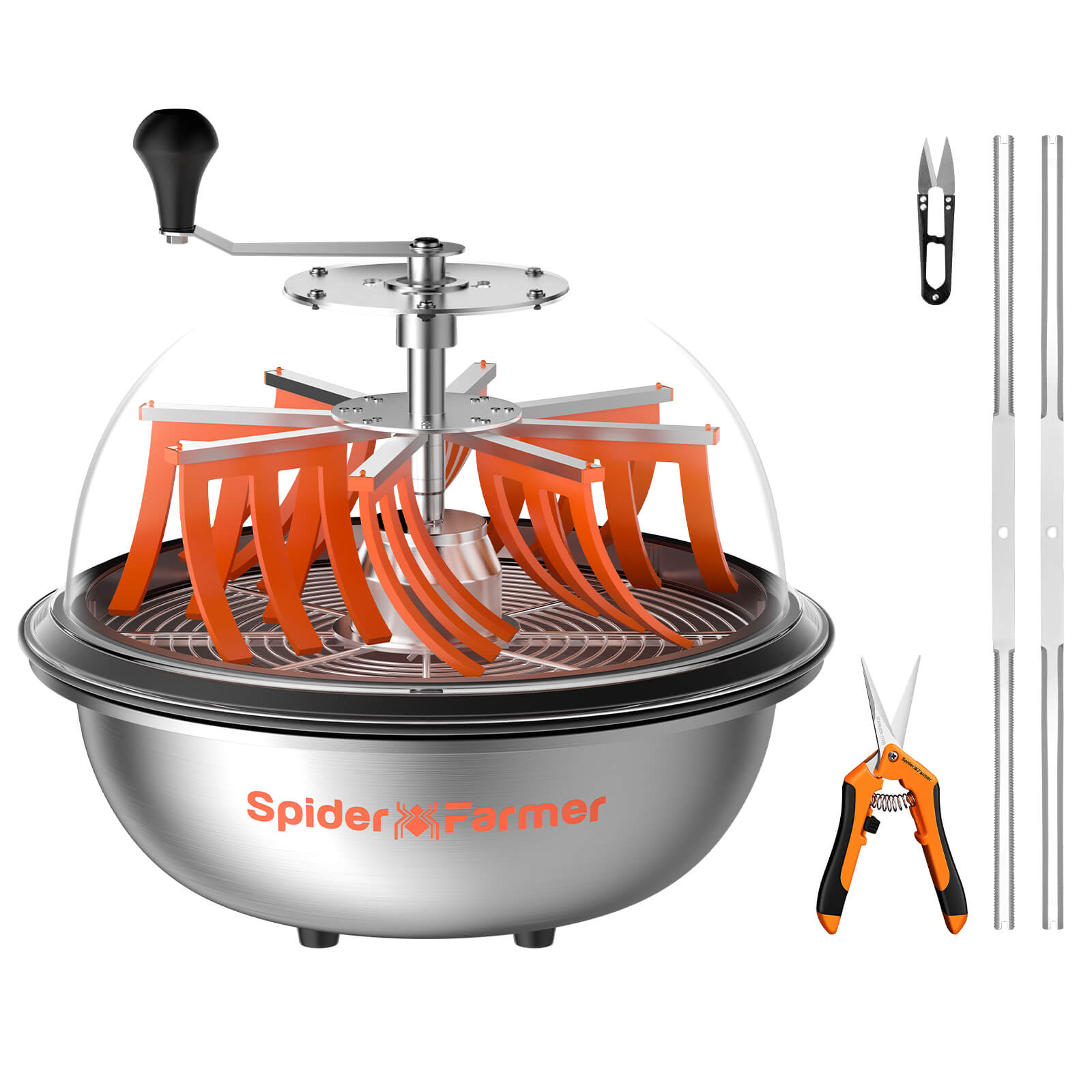


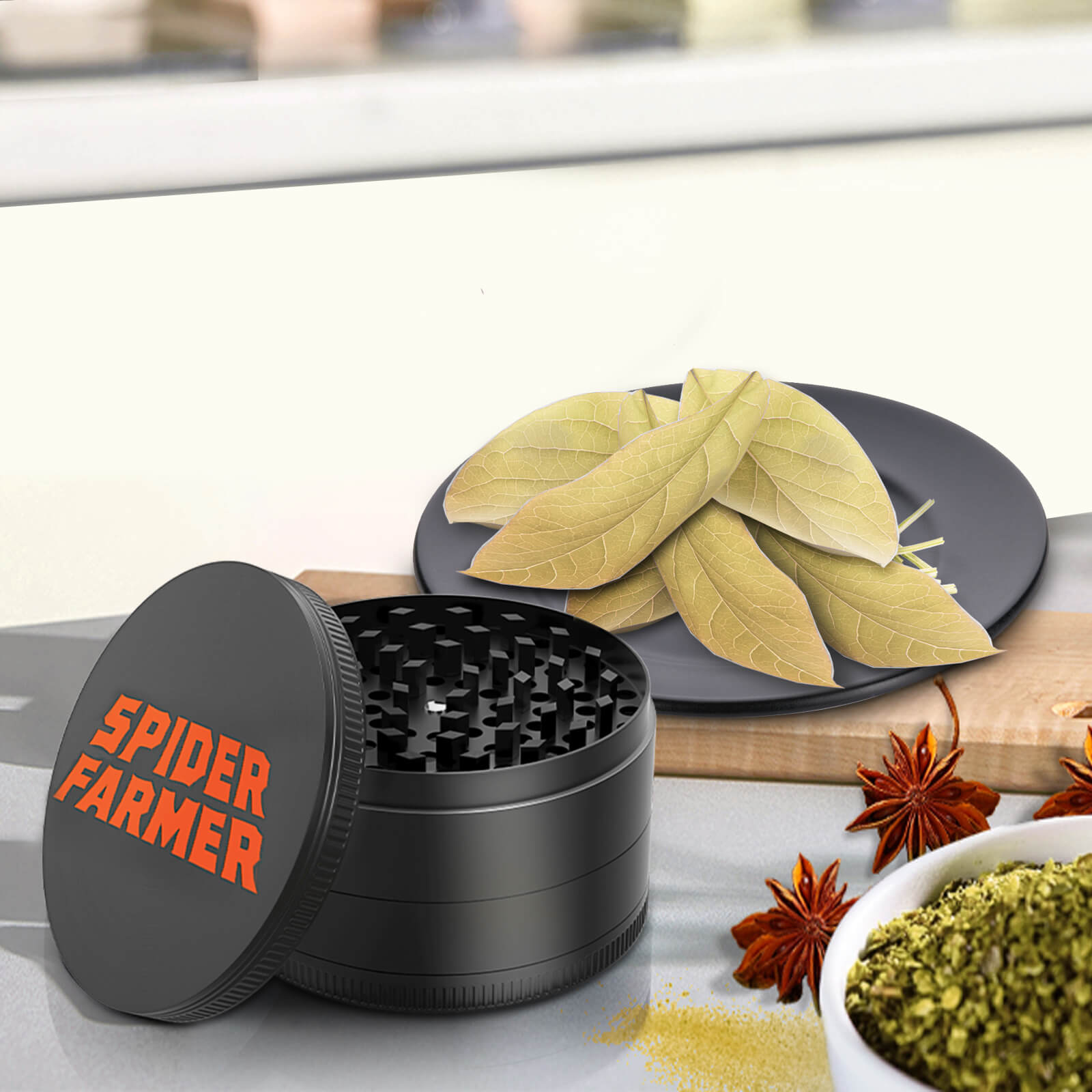

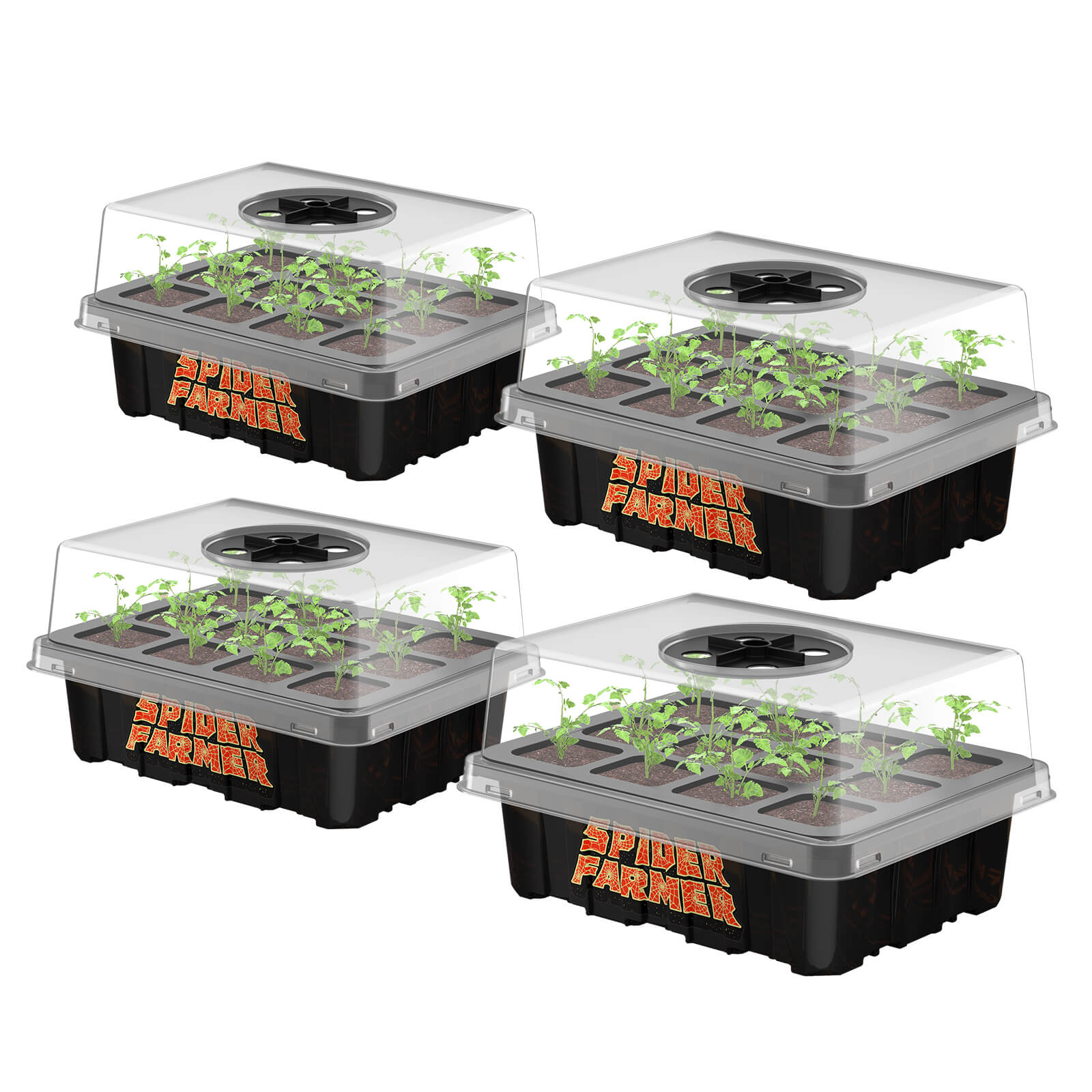
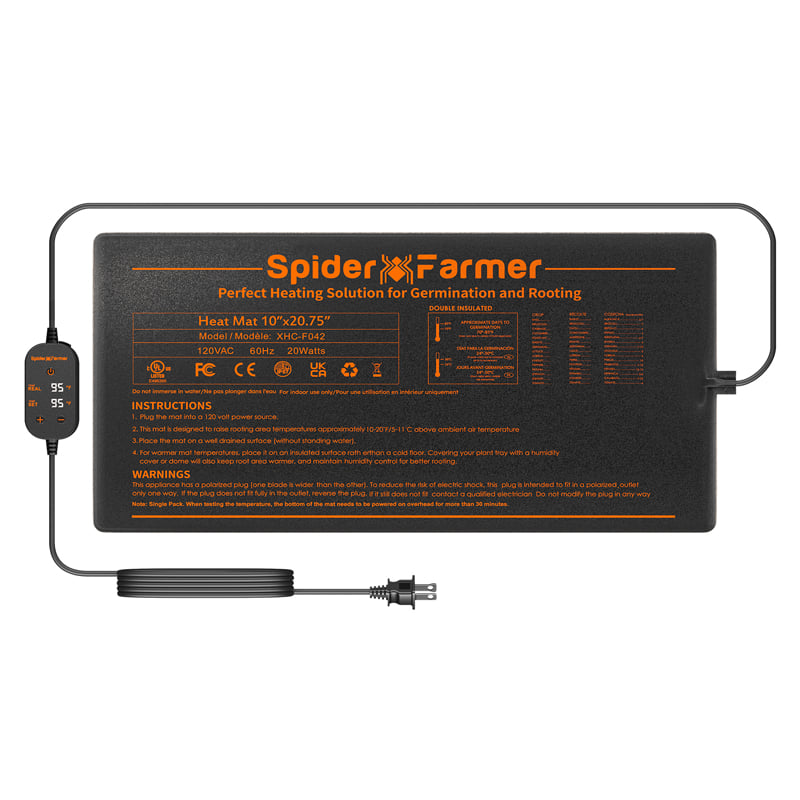


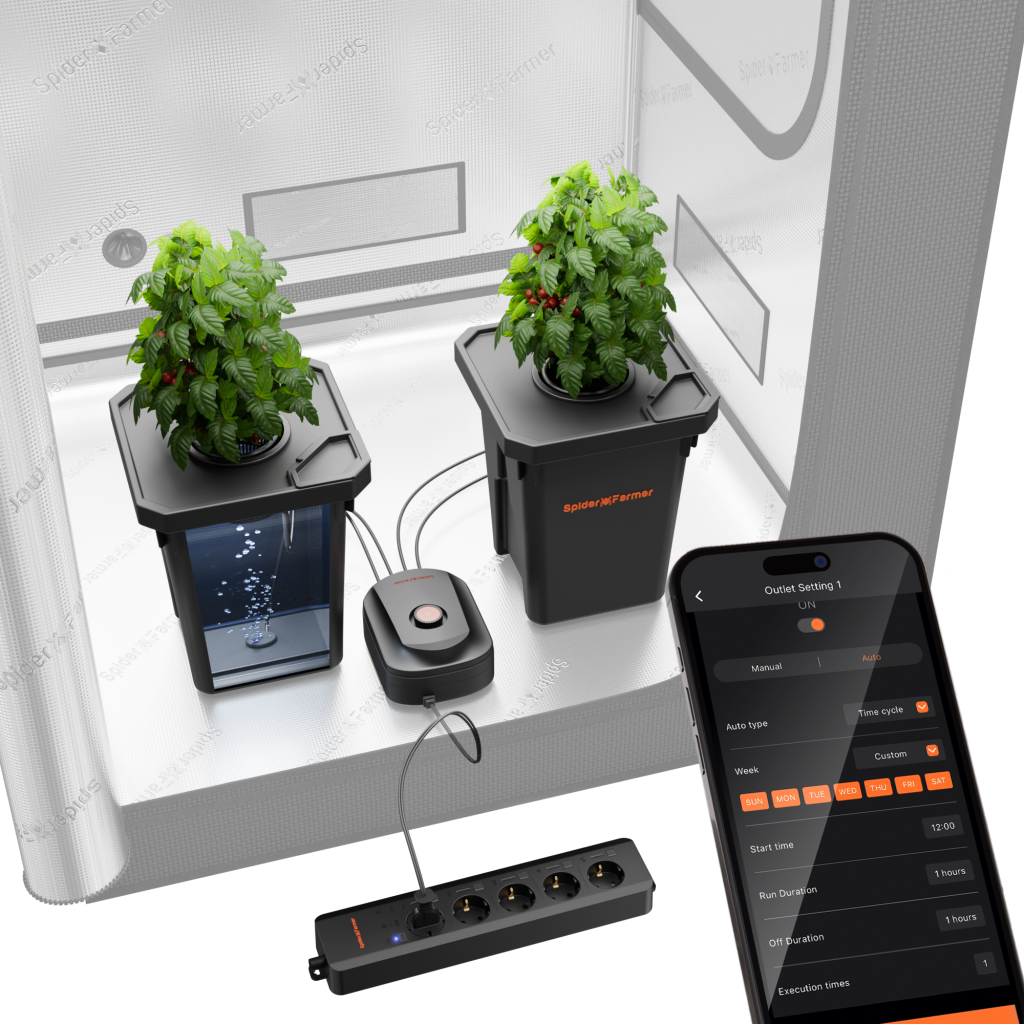
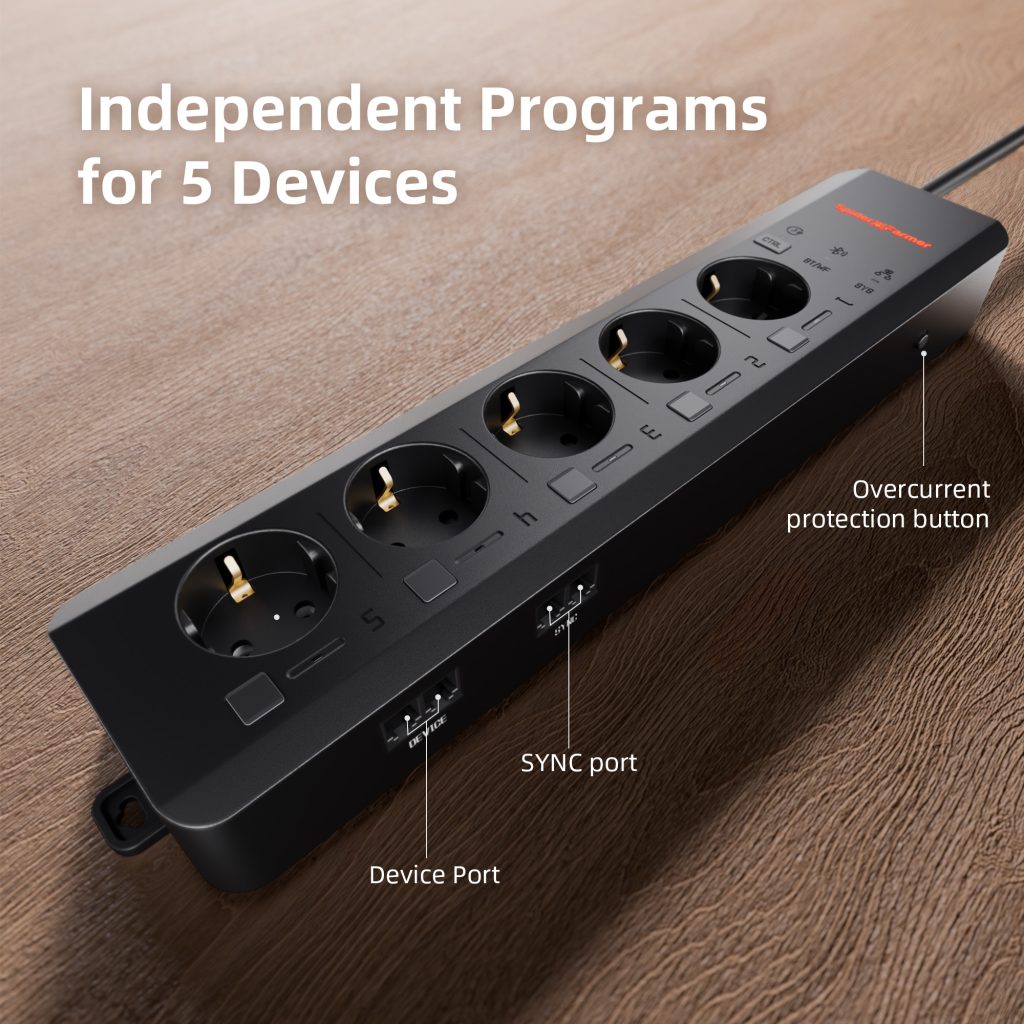
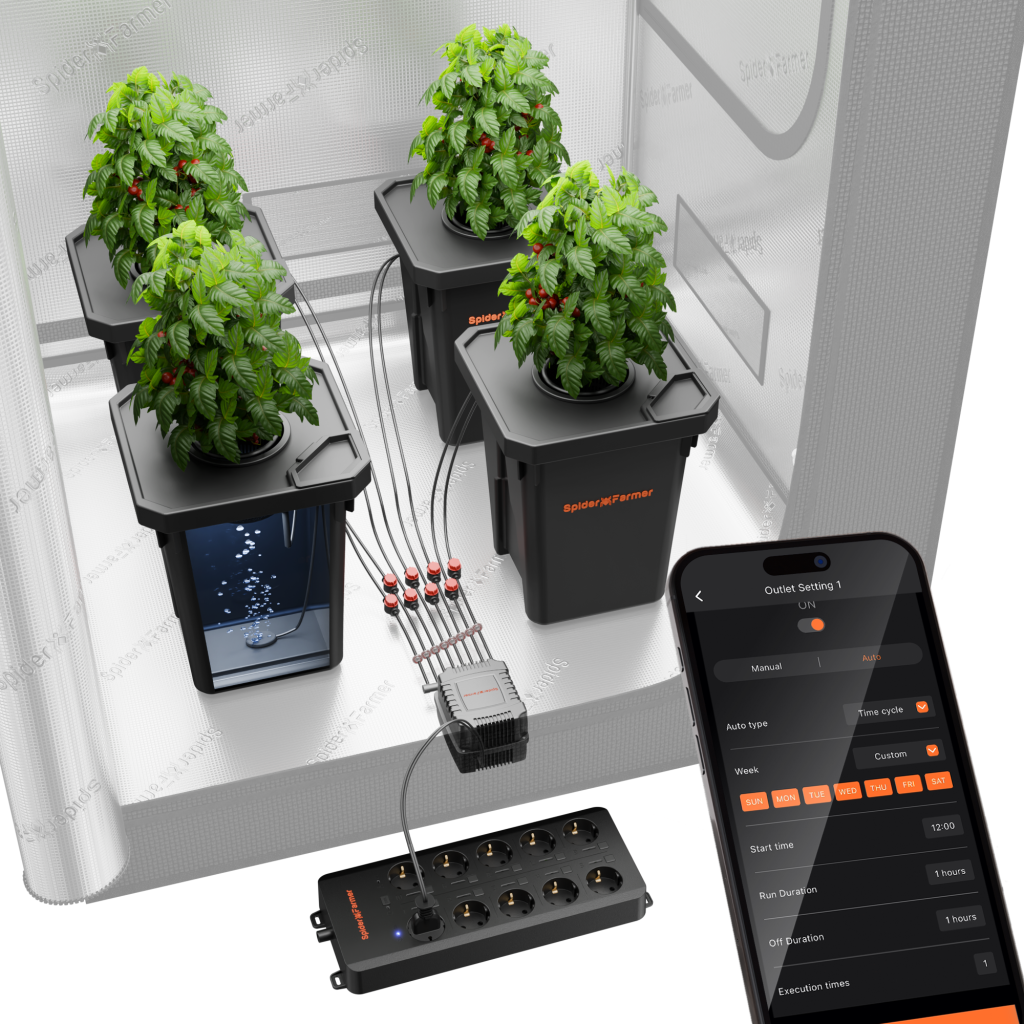
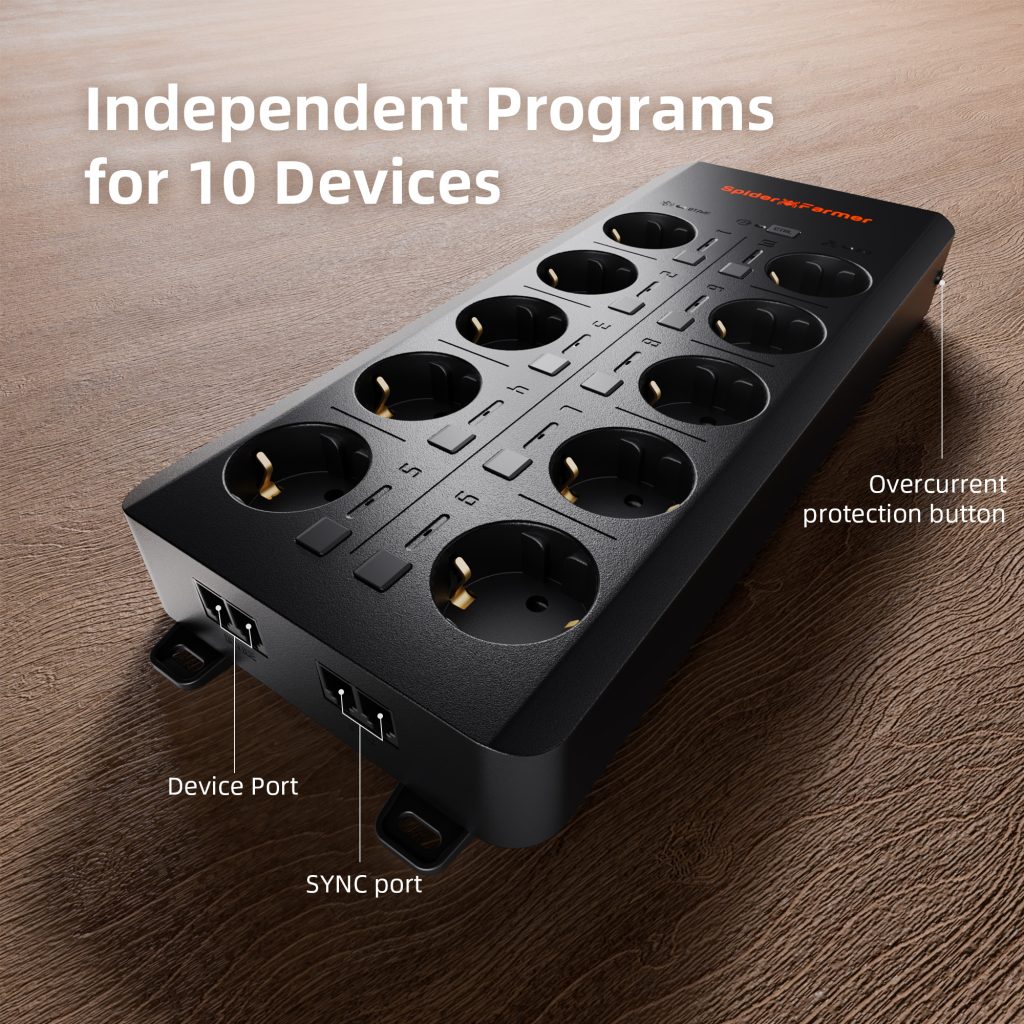
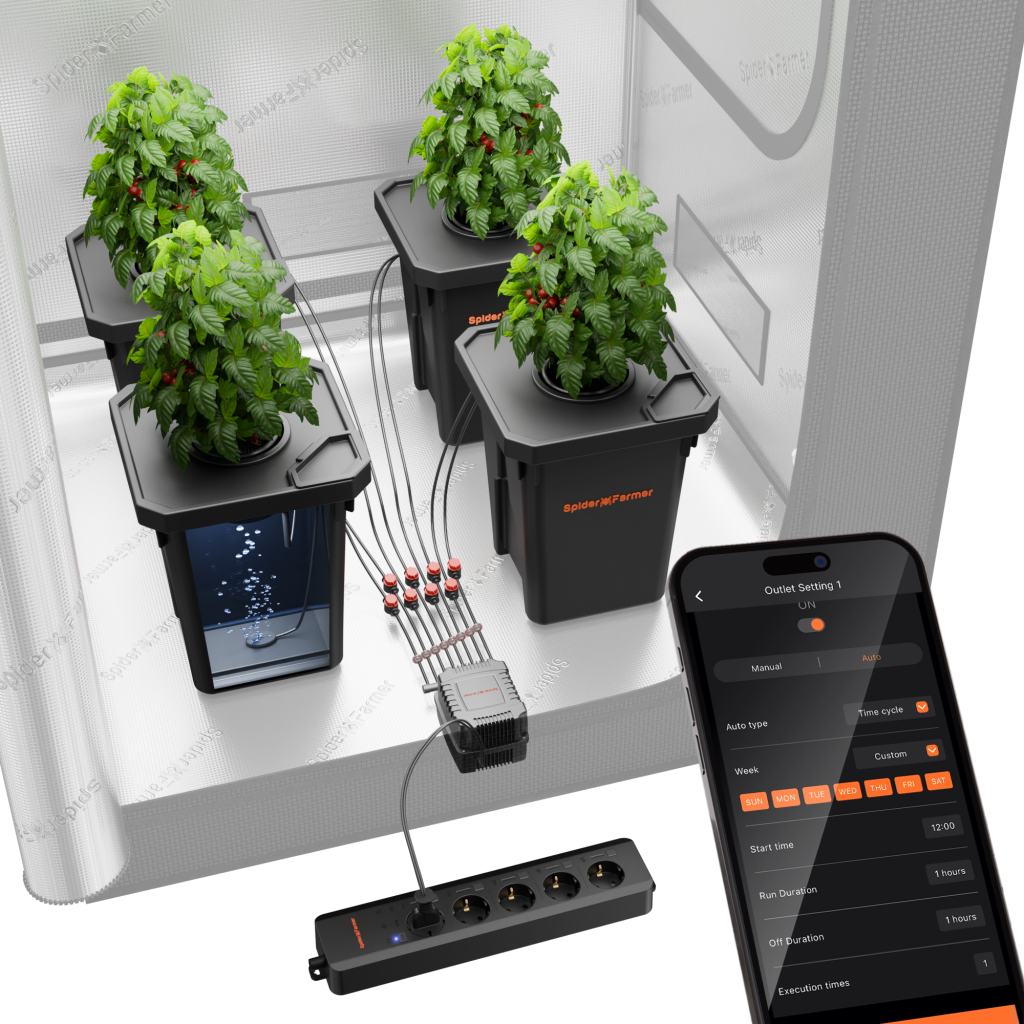
-10位排插欧规-1024x1024.png)

